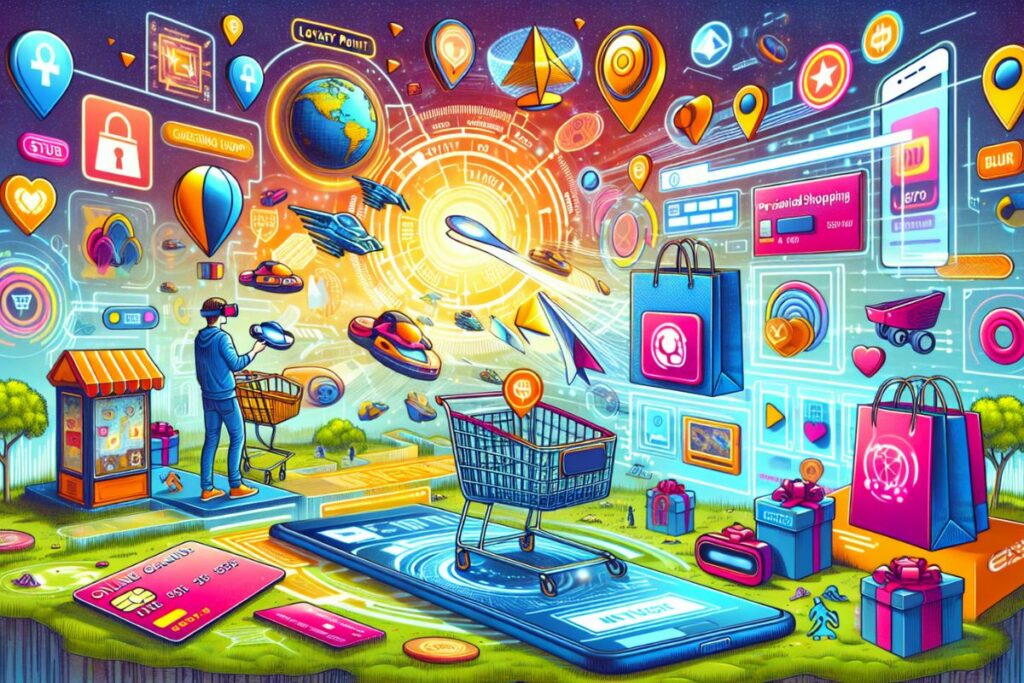Strict measures were implemented across the UK on March 23 as Prime Minister Boris Johnson issued the official stay-at-home order. All non-essential retailers had no other choice but to close their doors for the time being as the country entered into full lockdown to mitigate the spread of Covid-19.
Over the past few weeks, we have witnessed large-scale furloughs putting thousands out of work, property giants cracking down on late rental payments and retailers cancelling orders from suppliers to reduce costs and protect their businesses from this worldwide pandemic. Some retail businesses may even be forced to shut their doors permanently if they don’t get the support they need.
As if the high street was not already experiencing extreme duress last year with Brexit and internet pure players breaking into physical retail while morale was low, 2020 seems to be shaping up to be equally as uncertain. But what is the most uncertain aspect of the Covid-19 crisis? It’s that no one knows how long it will last.
However, not all is lost—opportunity lies in times of crisis. Before Covid-19, there was talk of a new retail propagating through the industry. We were seeing dark kitchens sprout up in strategic locations to better-cater to online food delivery platforms such as Uber Eats and Deliveroo by helping them not compromise on freshness. Big box retailers were breaking down their networks into smaller formats to carry out localised strategies and go urban. End-to-end supply chain management (from production to distribution) was becoming a key driver to lowering prices whilst still maintaining quality. DIY retail, personalisation and at-home convenience were gaining momentum—“Netflix and chill” was becoming the standard “Friday night” for many people across the globe.
Will these growing trends that consumers value so much implode on themselves in the brink of this crisis? The answer is no. If anything, Covid-19 is their catalyst. But there will be casualties. We’d be fooling ourselves if we said there wouldn’t be. And with practically all retail having their doors temporarily closed, it may seem like we are farther away from consumers than ever before. Nevertheless—as with many things in life—it all depends on how we look at the situation.
Amid lockdown and even afterwards, retailers will have to stay on the forefront of how Covid-19 is impacting consumer behaviour and monitor its potentially long-lasting side effects to make decisions that propel their businesses forward. As the above trends suggest, before the crisis, consumers were craving more personalised interactions with retailers, asking for their product offerings to be tailored to their interests. That’s why we were seeing the likes of subscription retailers, such as Birchbox, rising in popularity as they send beauty products to customers each month based on their unique preferences.
As consumers, we were also acting rather uncompromising when it came to price and quality. German supermarket retailers such as Aldi and and Lidl caught onto this early on, controlling their supply chains and delivering value at attractive price points. At the same time, retailers on the outskirts of cities were seeing their businesses affected because consumers were no longer willing to “go the distance” and wanted retailers to fit into their everyday lives. Ikea just bought a West London shopping centre to launch its mixed-use urban strategy to literally be “closer to home”.
All trends point to a paradigm shift that was occurring before the crisis. Consumers were asking more of retail in general, demanding proximity, greater flexibility and customisation. Retail from home was already brewing—Covid-19 has just accelerated it. And the retailers who know their customers and the dynamics of the markets in which they operate hold the strongest advantage.
But what does it mean to really know customers and understand the changing market conditions of this new context in which we find ourselves? For many, the first step is analysing what was happening before the crisis as well as staying on top of what is happening as Covid-19 unfolds. Geoblink, the Location Management platform powering the new retail, announced the launch of its Covid-19 Impact Monitoring Portal open for all retail last week: State of the Retail Ecosystem in 2020. The portal aims to support the industry during this time of turmoil by providing information week-over-week of Covid-19’s impact on consumer behaviour and mobility patterns to help companies prepare for what retail will be like when this is all over. Chief operating officer Rafa Pulido says “retailers will have to reconnect with consumers both during and after the crisis, making data their greatest ally”.
The data from Geoblink’s portal reveals that on Sunday, March 29, footfall traffic was down by 94 per cent in Inner London – West as 917 new Covid-19 cases were confirmed. What could this potentially mean for the Charlotte Tilbury cosmetics store in Covent Garden or the Harrods on Brompton Road? While both the cosmetic manufacturing icon and world-renowned department store are waiting out the crisis with their doors temporarily closed, it will be important for retailers to monitor changes in market conditions that could affect their businesses around each location across their networks as a result of Covid-19. How their customers behave, the types of products they buy and even who they are may vary significantly in one area from another. Not to mention the competitors around a certain location might not be the same, or even still exist, when retailers are able to open their stores again.
Even though it may not seem like it while we are all confined to our homes, with data, retailers have never before had the chance to be closer to consumers as they do now. When this is over, we won’t shop the way we used to for some time after experiencing supply shortages, buying in bulk to avoid multiple trips to the store, ordering skincare products online rather than in-store, and going to the nearest supermarket out of necessity rather than preference. Consumers will be reluctant to spend frivolously and saving money will hold greater priority. And people will remember the interactions they have with companies, products and services during this time of isolation, making retail from home (or close to home in both the physical and metaphorical sense) an integral part of the whole retail experience.
The trends that were previously taking the industry by storm will become even more intensified. Expectations will be higher. Despite the lack of current activity on the high street, it’s safe to say that Covid-19 has put the new retail into overdrive. This will make product mix distribution more important than ever, and retailers will need to make products available to the people who want them where they want them as a means to maximise resources and get the most out of each of their locations. Local, one-to-one marketing will take precedence over blanket marketing campaigns for greater personalisation and higher conversion. Convenience and proximity will become even-more-important factors when it comes to making purchasing decisions. The DIY trend will expand beyond the typical “build your own furniture” through to other retail industries as people learn how to do things themselves while at home. New players will emerge on the market as the incumbents who fail to adapt steadily grow weaker.
The time to take decisive action really is now—and data is the bridge that makes reconnecting with consumers possible. What if we considered the lockdown as our ramp-up period to prepare for what the future of retail will be like after we overcome this crisis? Because one thing is certain: retail won’t be the same and neither will be consumers when we open our doors again.
To view Geoblink’s full data on Covid-19’s true impact on retail, including live footfall trends, visit http://www.retailgazette.co.uk/covid-19-impact/
Click here to sign up to Retail Gazette’s free daily email newsletter


















